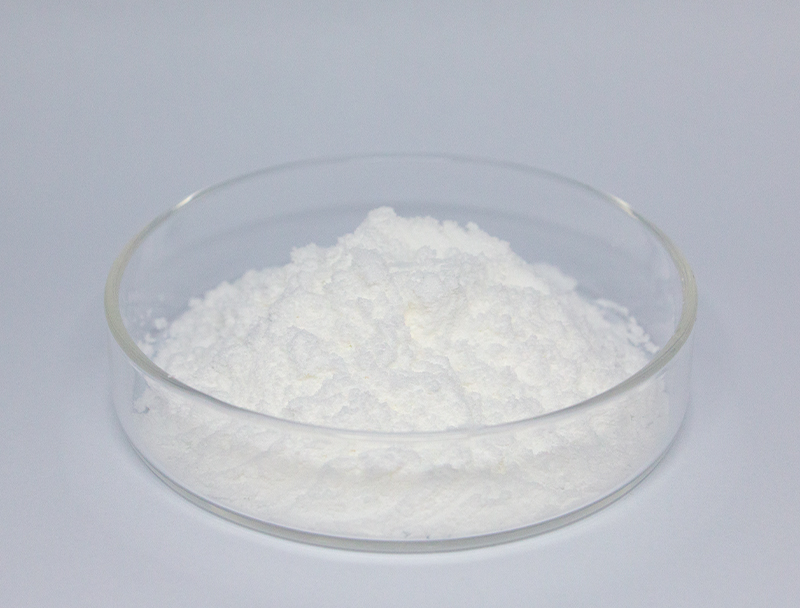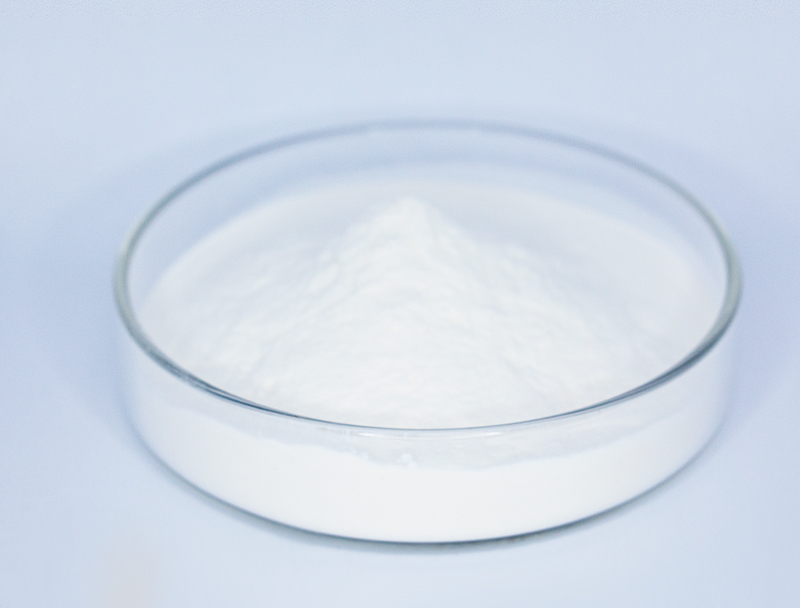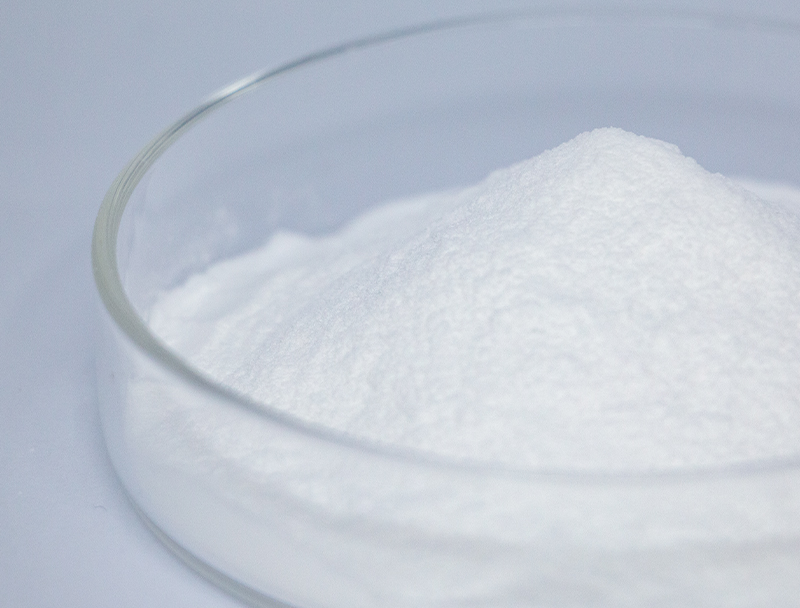
Large-scale bioproduction hinges upon a substantial range of primary inputs for developing state-of-the-art biosolutions.
Safeguarding ethical acquisition of feedstocks is paramount for the long-term viability and ethical growth of the industry.
diverse obstacles inherent in legacy sourcing approaches including environmental degradation and exploitation of natural resources. Therefore, biomanufacturing companies must actively seek out alternative sourcing strategies to minimize their ecological footprint.
- Cases of responsible feedstock strategies feature:
- Adopting organic-origin materials from crop remnants
- Applying zero-waste frameworks to limit waste and optimize resource use
- Collaborating with regional vendors focused on fair procurement
Embracing sustainable procurement produces environmental benefits with profitable potential.
Tuning Feedstock Characteristics for Higher Biofuel Efficiency
Advancing fuel production depends on feedstock consistency and composition. Analysts tirelessly probe advances to elevate feedstock conversion, facilitating elevated yields and a renewable energy transition. Approaches include genomic enhancements to boost biomass growth and processing methods to convert complex lignocellulose into fermentable sugars.
- Furthermore, teams search for alternative biomass sources including algal strains, industrial wastes, and crop leftovers to broaden sustainable feedstock options for fuels.
- With persistent development the field will likely demonstrate notable gains that foster a more sustainable energy system.

Optimizing Early-Stage Biomanufacturing Processes
comprises front-end procedures like culture expansion and cell retrieval Modern progress within the sector has contributed to more efficient processes and higher production.
Important innovations consist of upgraded cell platforms, customized nutrient matrices, and smart bioreactor solutions. These innovations not only enhance productivity but also minimize production costs and environmental impact.
- Concurrently, continuous manufacturing approaches bring amplified flexibility and more consistent upstream outcomes.
- The progression to advanced biomanufacturing approaches should modernize the field and quicken therapeutic progress.

Advances in Gene Editing to Boost Therapeutic Production
developments in targeted genetic engineering methodologies have modernized drug manufacturing. Through controlled genetic modifications, practitioners increase therapeutic protein production. This approach holds immense potential for developing more efficient and affordable biopharmaceuticals to address a wide range of diseases.
Biodegradation Strategies Using Targeted Microbial Cultures
innovative solutions for sustainable bioremediation, a critical process for addressing environmental pollution. Microbial communities can biotransform hazardous materials into lower-risk substances. By harnessing this natural potential, we can develop environmentally friendly strategies for cleaning up contaminated sites and mitigating the negative impacts of industrial activities.. Researchers screen diverse microbial taxa for metabolic pathways suited to remove heavy metals, pesticide residues, and hydrocarbon contamination.. These microbes operate in engineered systems or direct environmental applications to metabolize and remove contaminants.
The use of microbial biotechnology in bioremediation offers several advantages over conventional methods. This method provides a low-cost, low-waste alternative to conventional remediation. Likewise, microbial systems can selectively degrade contaminants while sparing the wider environment. The domain advances quickly, concentrating on raising reliability and performance of microbial cleanup methods.
Computational Biology in Drug Discovery
Advanced informatics contributes significantly to today’s drug research environment. From identifying potential drug candidates to optimizing their efficacy and safety, bioinformatics enables a more efficient and data-driven approach.
- By parsing huge omics and clinical databases, bioinformaticians detect targets and estimate therapeutic responses.
- Additionally, simulation tools enable prediction of binding and activity, guiding creation of more potent drugs.
- Finally, bioinformatics is revolutionizing the drug discovery and development process, accelerating the time to bring safe and effective treatments to patients in need.
Metabolic Design Approaches to Boost Bioproduct Yields
deploys several tactics to elevate cellular production of valuable biochemicals. Methods might combine targeted gene changes to rechannel flux, regulatory element design to control expression, and exogenous gene introduction to provide fresh capabilities.. Through strategic metabolic edits practitioners can markedly increase the synthesis of target products.
This combined approach has capacity to change industries from drug manufacture to food production and bioenergy.

Upscaling Biopharma: Obstacles and Potential Gains
Expanding production volumes poses difficult barriers yet offers substantial opportunities. Preserving batch-to-batch quality when scaling up is a key challenge. Resolving it depends on rigorous control strategies, precise instrumentation, and comprehensive analytics.

A further difficulty lies in process complexity, with many interdependent production phases.. Translating lab methods into scalable operations needs heavy research and technology breakthroughs.. Yet, the returns can be substantial. Effective scale-up may expand patient access to therapies, cut unit costs, and improve margins.
Different initiatives are progressing to solve scale-up constraints. Examples include novel optimization technologies, predictive analytics for real-time control, and inventive production models.
- Development efforts are also playing a crucial role in advancing biopharmaceutical production capabilities.
- Regulators are adapting frameworks to speed authorization of novel manufacturing approaches and spur innovation.
Regulatory Considerations to Maintain Biopharmaceutical Safety and Performance
Advancing biopharmaceuticals involves heavy regulatory scrutiny to secure product safety and proven efficacy. Therapies derived from biological organisms carry special considerations not typical of conventional pharmaceuticals.
Authorities including the FDA and EMA implement guidelines and thresholds to assess and approve novel biologic products.
Extensive evaluation procedures are essential across development phases, spanning preclinical work to post-market checks.. These controls function to identify dangers and ensure biopharmaceuticals achieve premier safety Sialic Acid standards..
Furthermore, regulatory bodies are constantly evolving their approaches to keep pace with the rapid advancements in biopharmaceutical research.. Measures involve adopting innovative technologies and enabling development acceleration without compromising patient welfare.

Plant-Based Biomass Options for Bioplastic Manufacturing
A stronger push for environmentally responsible materials is driving research into renewable options. Plant-based bioplastics made from biomass feedstocks present a hopeful path to reduced plastic impact. Materials such as starch from corn, cellulose pulp, and sugarcane biomass are convertible into biodegradable polymers that lower plastic waste concerns.
Furthermore, these bioplastics often possess comparable properties to their petroleum-based counterparts, making them suitable for a wide range of applications.. Further innovation is required to mature plant-based bioplastics for broad adoption and circular economic models.
Biotech Innovations Addressing Health and Food Challenges
Biotechnology offers potent solutions for advancing public health and enhancing food security. By applying gene editing, synthetic biology constructs, and cellular therapies, scientists create tools to fight disease, raise yields, and boost nutrition.. One example is bioengineered crops that withstand pests and stressors, enabling higher yields with less pesticide input.. Concurrently, biotechnology drives development of immunotherapies, antibiotics, and diagnostics that play a key role in controlling diseases and improving health metrics. As research progresses, biotechnology holds immense promise for creating a healthier and more sustainable future for all.
